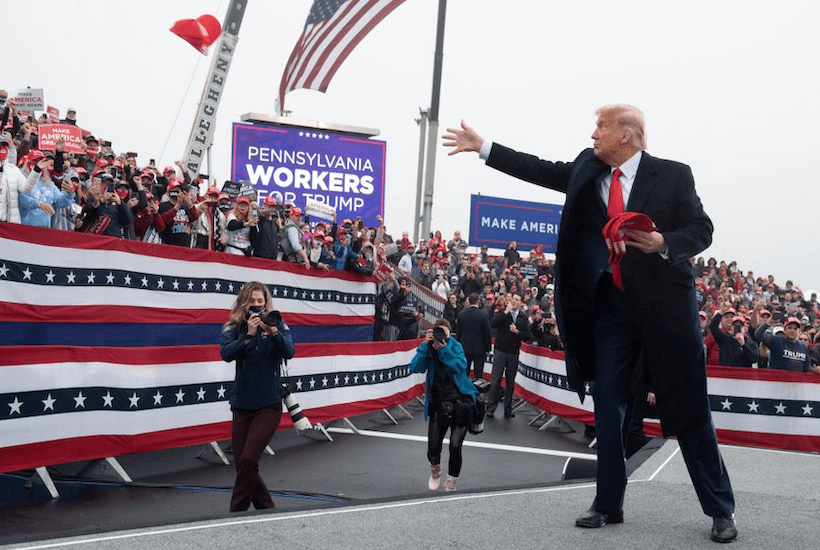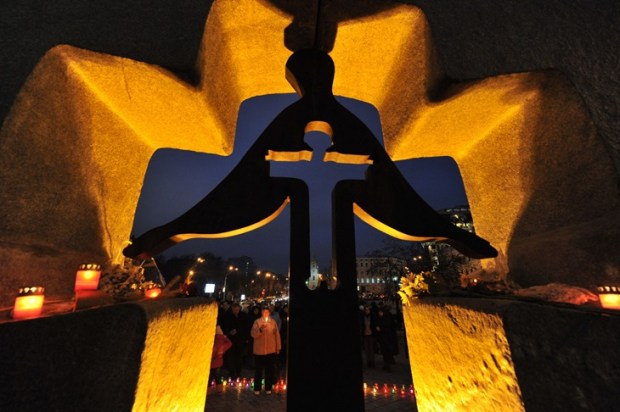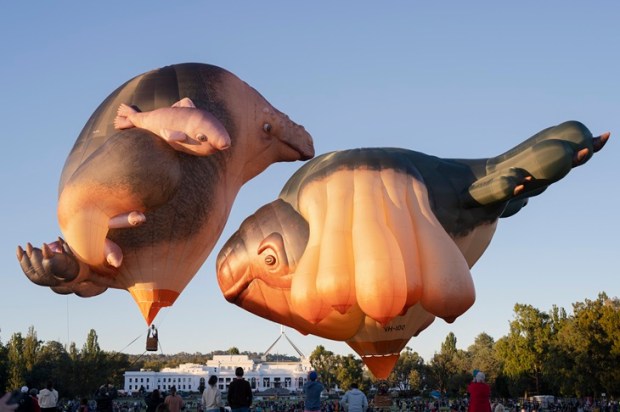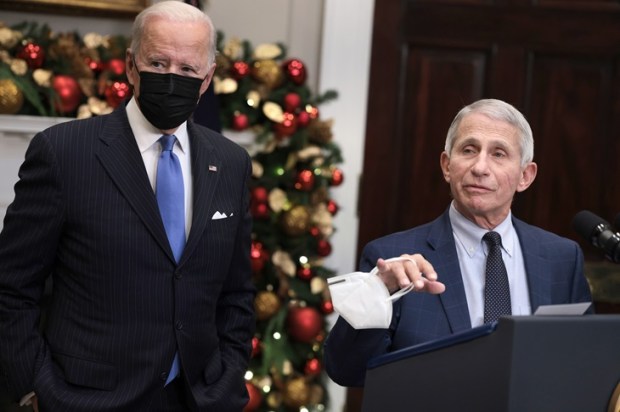If publicly available political polling stinks – and it does both in Australia and in the case of the US Presidential election – what numbers can we turn to for a more objective look at possible trends?
The answer in politics is as in business and households: follow the money.
While there is no established direct causation between campaign finance and guaranteed electoral success, and we can argue the toss in terms of Clive Palmer’s $60 million in ads at the last Federal election or Michael Bloomberg’s blown billion, money does provide some insight on things like a campaign’s confidence and capacity. Those factors are especially important in the final stretch when campaign teams look at how much gas they still have in the tank and how to best use it in key swing voter districts.
The publicly available numbers in the US paint an intriguing picture and perhaps offer a portend.
To the end of September, the Trump campaign has raised around $1.5 billion dollars and the Biden campaign has raised around $1.4 billion. Beyond those direct totals which are transparently disclosed, there’s likely to be another $2.5 billion in less transparent and indirect campaign finance from various “third parties” on both sides such as non-governmental organisations, unions, and Political Action Committees.
So, using conservative assumptions and therefore excising “third party” money, the combined two Presidential campaigns are spending around $12 each per each eligible voter (with about 250 million Americans eligible and say some 50% participating).
To provide a comparison, while Australian political parties are not required to disclose their campaign spending, we can estimate from donation disclosure returns and from AEC election “refunds” that the ALP and the Coalition may have spent around $85 million in the 2019 Federal election. Again, not counting Clive’s cash, other political parties, and “third party” activity, that works out to around $5 per voter (with about 16.6 million Australians eligible and say 90% participating under our compulsory rules.)
Let’s also remember that there are Congressional and Senatorial campaigns under way in the US too. It’s estimated that these tip the scales at around an additional cumulative $5 billion.
As part of that, one of the most polarising politicians in the US, Congresswomen Alexandra Ocasio-Cortex, is fourth overall among all Congressional races and the Democrats’ single biggest earner/spender in her campaign to be re-elected for her New York City seat. She’s spent around $13.5 million so far to retain her district where some 150,000 people voted in the 2018 campaign – or around a whopping $90 per voter. She scored around 72% of the vote in her inaugural campaign. (The three Republicans ahead of AOC in the rankings each represent rural districts and none strongly features Donald Trump in his local campaign.)
This kind of moolah buys extraordinary saturation of advertising – be it on-line, print, radio, billboards, direct mail, doorknocking teams, phone banks, robocalls, street stalls, or TV screens. So, pity the poor American at home trying to peacefully check their young niece’s first weeks at college out on Facebook, or trying to watch a TV episode of some cooking show.
They would be tsunami-soaked by now, but campaigners know that intense repetition can be necessary to lock in your base and hand them their talking points, and then attract swinging voters. They know we live in an unprecedentedly cluttered communications context of at least some 5000 delivered messages per day per person – of which we recall nearly nothing. When we’ve almost developed a Darwinian trait of filtering everything out, one option for campaigners is what’s called “volume shooting” in basketball.
There are some topical trends within the US totals. Namely, while Team Trump has raised more money, the tide of donations has changed in recent months. According to their own public statements, in September, the Biden campaign raised $383 million compared to the Trump campaign’s $248 million. The major growth in Biden’s numbers comes from “small donors” across the Internet. His rate of fundraising is double that being achieved by Hilary Clinton in the equivalent period in 2016.
As a result of this burst and different spending patterns – with Trump spending earlier and Biden later – the campaigns’ bank accounts currently look different. In early October, Trump was estimated to have some $250 million cash at hand, and Biden claimed some $432 million.
And what they are spending is different too. In terms of TV advertising, from May to October, the Biden campaign has outspent the Trump campaign in nine out of ten battleground States (except Georgia) or by around $150 million. Over the last six weeks, one analysis shows that more than 50% of Biden’s TV ad spend focussed on coronavirus and the Administration’s approach, while Trump’s most substantial TV dollars have been on China–related themes, including links to COVID-19. The two different spending choices speak to respective and long-established political equity held by the parties: health-related issues for the Democrats and security-related issues for the Republicans.
However, while the Democrats are ahead in TV ads, the Trump campaign is known to favour social media ads, including mastering this in 2016. Social media ads are much cheaper per unit, much more quickly deployed, and incomparably more capable of targeting by location, demographics and interests. Until recent weeks, Trump was outspending Biden in the category. Interestingly and perhaps enabled by more money coming in, that appears to have come into parity in the last 30 days with both campaigns spending around $50 million each.
All of the above is a “technical” view and shows that the Biden campaign may have an edge going into the home stretch. More to spend; more flexibility on where and how to spend it; more momentum. And, we shall soon see whether the Democrats’ or Republicans’ electoral return on campaign investment – let’s call it ERIC — is what they would hope for it to be.
But the world of politics should not just be about its techniques. The donation and spending numbers are truly astronomical; the total expenditure of an estimated $11 billion on the 2020 US elections – Presidential, Congressional and Senatorial – may come in at double what was spent in just 2016. Both critics and supporters of the current campaign finance approach should be concerned. Critics will have even more reason to ask whether dollars buy electoral victory for a very small cohort of powerful people. Supporters of the view that campaign funding is somehow an extension of freedom of expression should also worry about, say, the sustainability of a system that regularly requires billions to function.
Arms races either end in wars or in truces. It will be interesting to see if the result of the 2020 US Presidential election – and the tornado of cash behind it – leads to one or the other.
Pete Shmigel has formerly been a senior advisor to premiers and ministers.
Got something to add? Join the discussion and comment below.
Get 10 issues for just $10
Subscribe to The Spectator Australia today for the next 10 magazine issues, plus full online access, for just $10.


























Comments
Don't miss out
Join the conversation with other Spectator Australia readers. Subscribe to leave a comment.
SUBSCRIBEAlready a subscriber? Log in